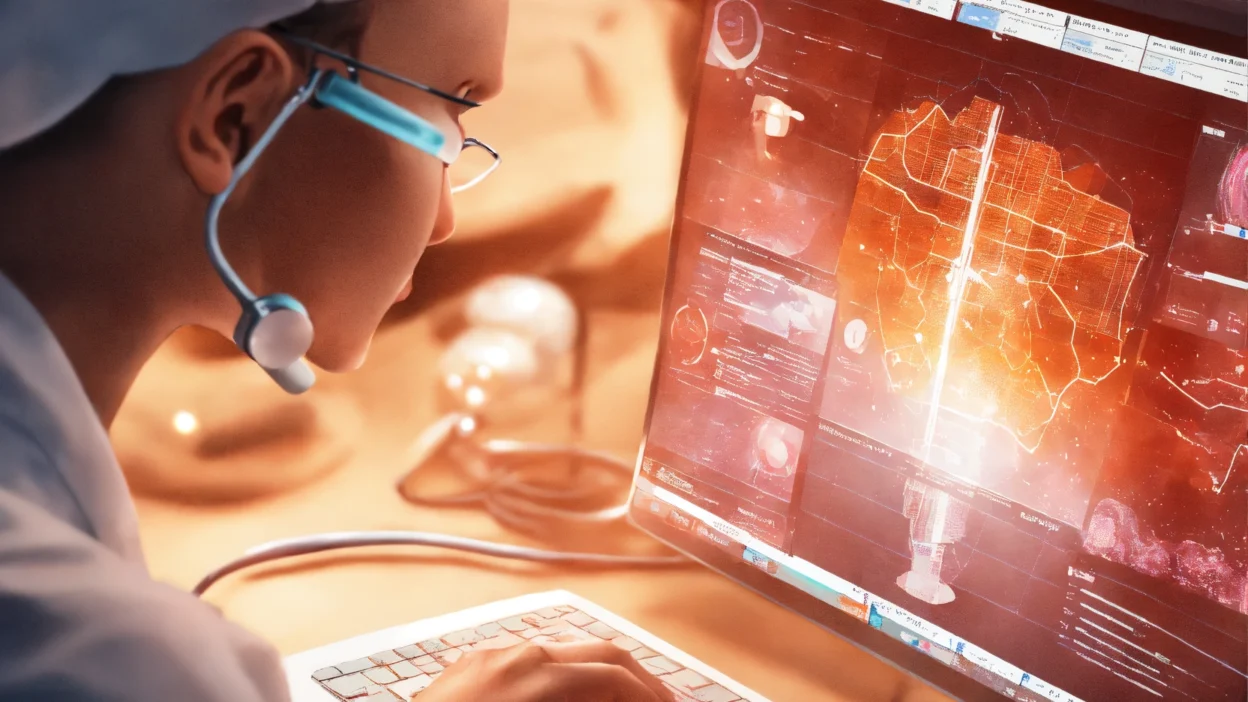1. Introduction to AI Medical Diagnosis
AI medical diagnosis transforms healthcare. This technology enhances how doctors identify diseases. By analyzing data, AI provides accurate insights.
Doctors and patients benefit from AI’s efficiency. It reduces human error and speeds up diagnosis time. Moreover, AI medical diagnosis supports doctors in decision-making.
As a result, patients receive timely treatment. This improvement leads to better health outcomes. AI medical diagnosis also personalizes patient care.
In addition, it helps in predicting potential health issues. Overall, this technology revolutionizes the medical field. Embracing AI medical diagnosis can lead to a healthier future.
2. How AI Medical Diagnosis Works
AI medical diagnosis uses advanced algorithms to analyze patient data. It processes symptoms, medical history, and tests.
These systems learn from vast datasets, improving accuracy over time. Healthcare professionals can rely on AI for faster diagnoses.
Moreover, AI can identify patterns that humans might miss. This technology enhances decision-making in clinical settings.
As a result, patients receive timely and effective treatment. Understanding how AI medical diagnosis works empowers patients and doctors alike.
With AI, healthcare becomes more efficient and personalized.
3. Benefits of AI in Medical Diagnosis
AI greatly enhances accuracy in medical diagnosis. It analyzes vast data swiftly and efficiently. This leads to quicker results for patients. Furthermore, AI helps doctors make informed decisions. It reduces human error significantly. Patients receive more personalized care through AI insights. Additionally, AI can identify patterns unseen by humans. This capability improves early disease detection. AI in medical diagnosis also streamlines workflows. Doctors can focus more on patient interaction. Overall, the benefits of AI in medical diagnosis are considerable. It truly transforms healthcare for the better.
4. Challenges and Limitations of AI Medical Diagnosis
AI medical diagnosis faces several challenges. First, data quality can vary significantly. Inaccurate data can lead to wrong conclusions. Second, AI lacks human intuition. Doctors often consider patient emotions and context. Third, regulatory frameworks are still developing. These frameworks need to catch up with technology. Additionally, AI systems can be biased. They can reflect existing inequalities in healthcare. Lastly, patient trust is crucial. Many people feel uneasy about AI decisions. Despite these challenges, the potential of AI medical diagnosis remains high. Addressing these issues is essential for progress.
5. Future Trends in AI Medical Diagnosis
AI medical diagnosis is rapidly evolving.
This technology promises to enhance patient care significantly.
One key trend involves improved algorithms.
These algorithms will analyze patient data more efficiently.
Additionally, AI will integrate with wearable devices.
This integration allows for real-time health monitoring.
Furthermore, personalized treatment plans will emerge.
Doctors will rely on AI for better decision-making.
Telemedicine will also expand with AI’s help.
More patients will receive remote consultations.
Moreover, AI will reduce diagnosis time dramatically.
Finally, regulatory frameworks will adapt to these advancements.
In summary, AI medical diagnosis will transform healthcare.





